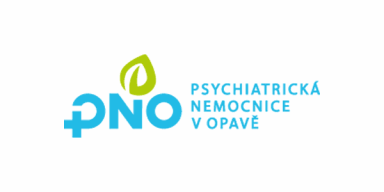Identity Management (IDM, AD, LDAP)
Identity management deals with the management of users, roles and permissions. It improves security, automates, streamlines and accelerates processes within the company and helps prepare for audit controls.

Identity management
In every organization, the requirements and ideas about the lifecycle are different, so it is always necessary to design a customized solution. When designing a solution, it is essential to take into account the entities, their roles, permissions, needs, duties and responsibilities, but most importantly to apply security principles over the entire solution to minimize the likelihood of sensitive data leakage.
Benefits
- We centralize identity management in one place for all user account types.
- We will increase the transparency of identity management in the form of visibility.
- We will reduce the time required to manage and administer identities (create, change, delete, etc.).
- We will create a catalogue of roles and responsibilities for each system and application.
- We will minimize human error through automation.
- We will reduce the chances of protected information leakage by strictly controlling access based on security principles such as SoD, LUA or other.
Choose from IdM services
Design and creation of a catalogue of roles. Each activity implemented in the target system is enabled based on permissions. This permission set should be aggregated into application or system roles and security principles should be applied over it.
Design and development of the identity management process. The identity lifecycle from creation in the system, through modification, to archiving or deletion is established by the identity management process, which must always be tailored to the specific requirements of the organisation.
Integration and implementation plan. Any bespoke applications or systems can present complications when trying to centralise identity management. Not only for such applications and systems, but for all others, it is essential to identify their centralization and logging capabilities, as well as their priority for integration into the IdM solution. The integration and implementation of the solution represents the translation of the "analytical" inputs into practice, by connecting the applications and systems themselves to the Identity Management solution.
Customizing the solution. Every organization is unique in its operations. For this reason, each identity lifecycle management process must also be unique. It must therefore be adapted to fit the capabilities of the implemented solution.
Automation. What previously had to be done manually must be automated as much as possible. Automation greatly minimizes the costs that must be spent on identity management.
Consulting services is one of our core strengths. We are able to offer this service thanks to the company's diversification into specialized teams. Through interdependence and collaboration, we are thus able to enrich all outputs with knowledge and insight from different viewpoints.
DO NOT HESITATE TO
CONTACT US
Are you interested in more information or an offer for your specific situation?














